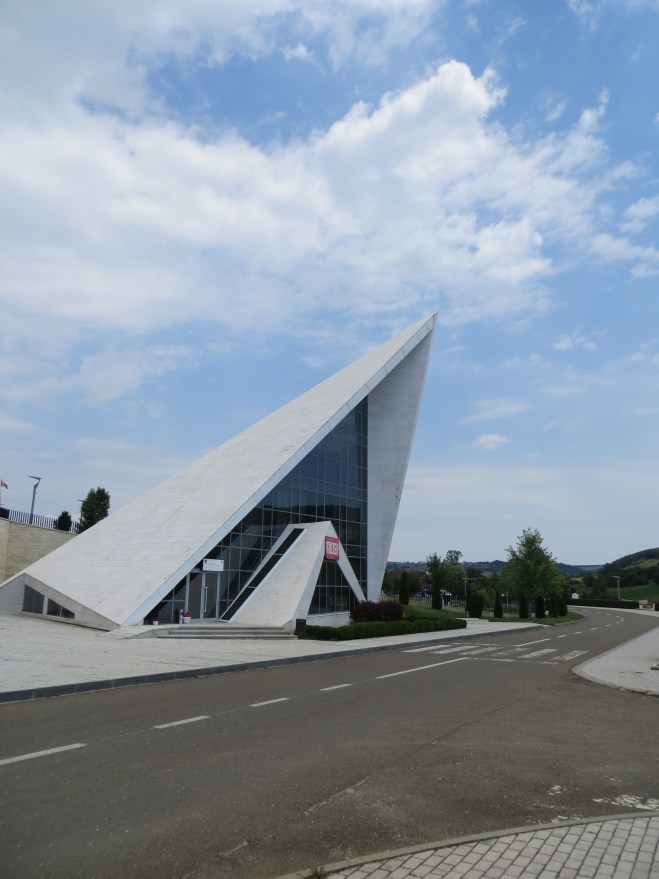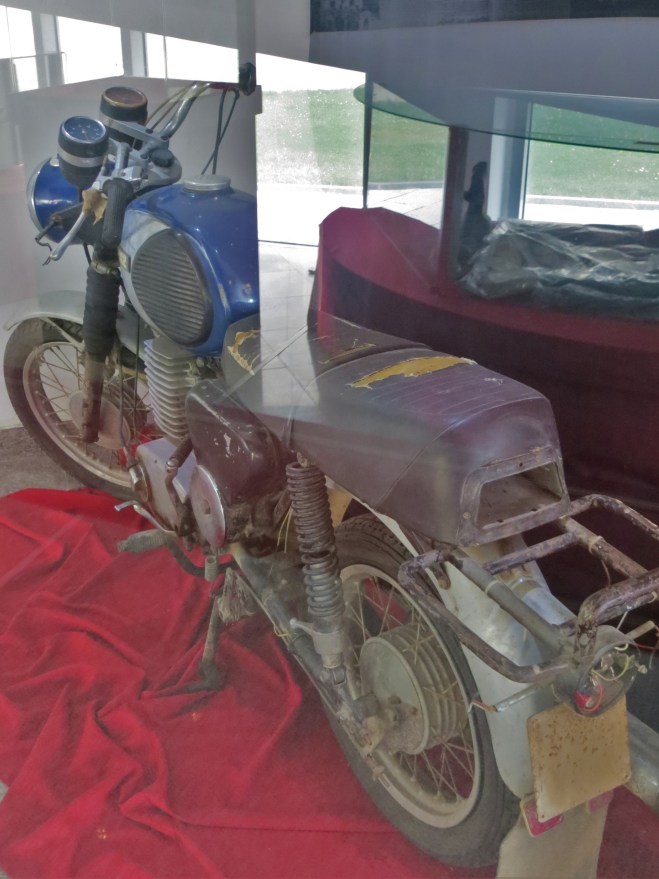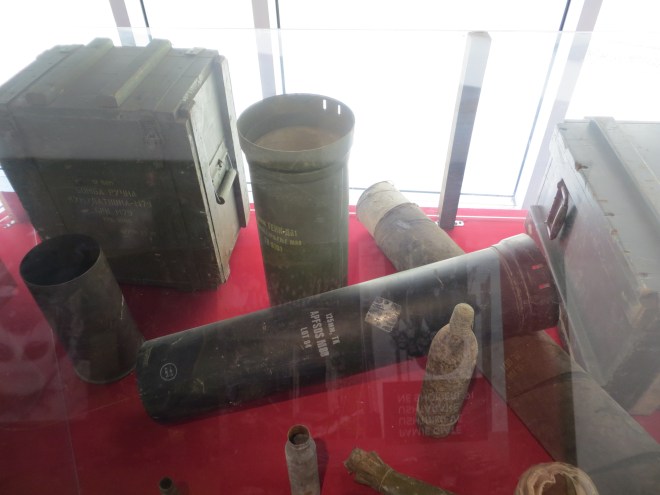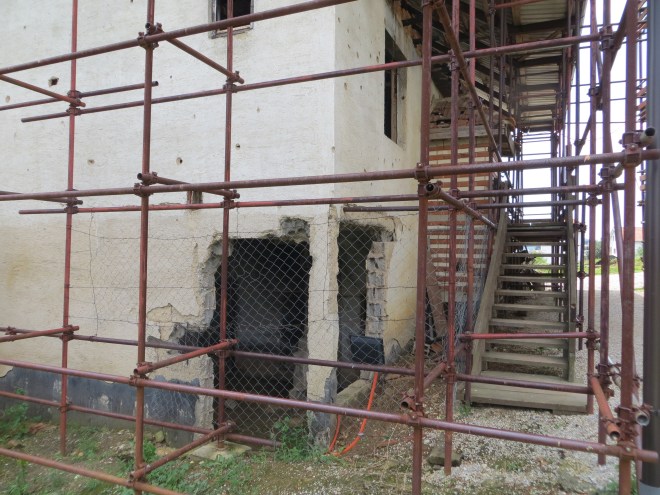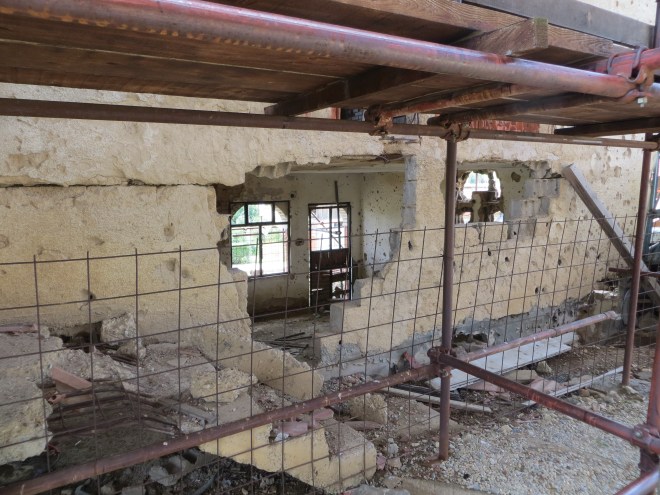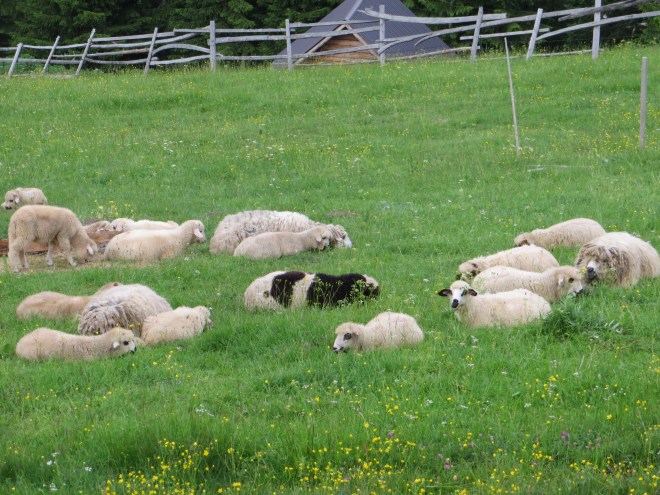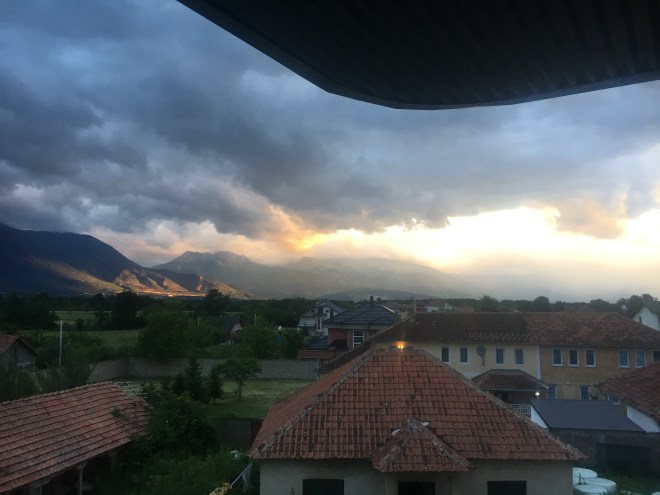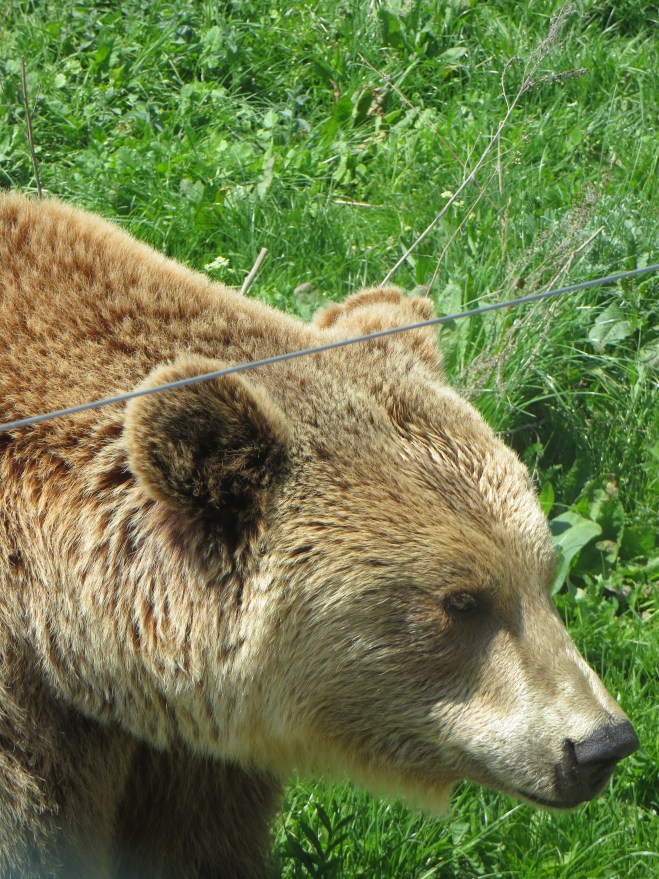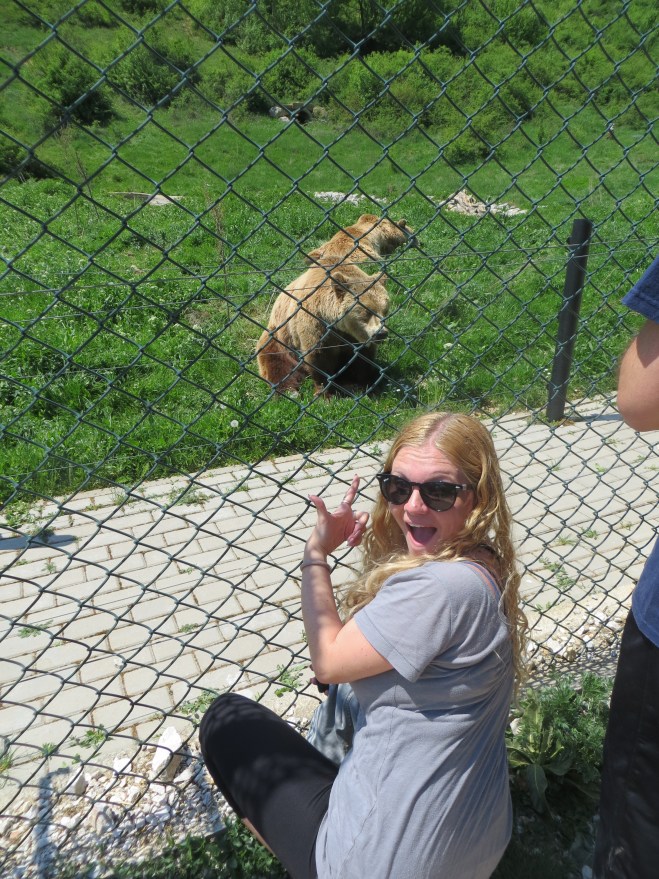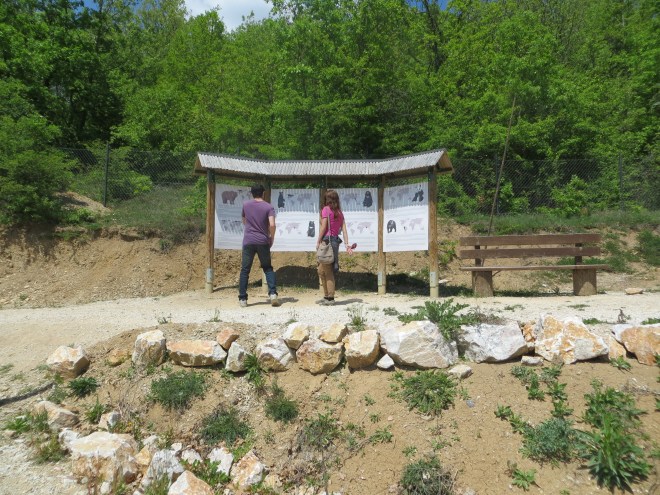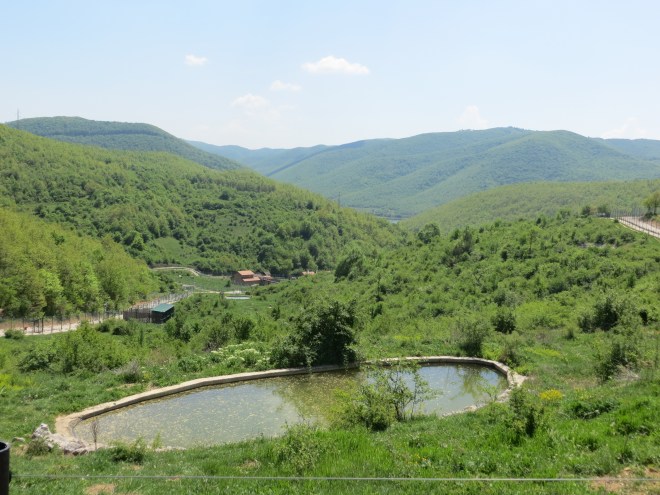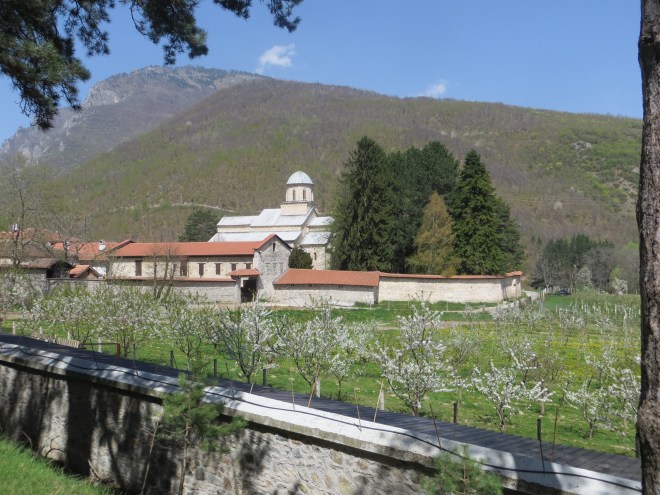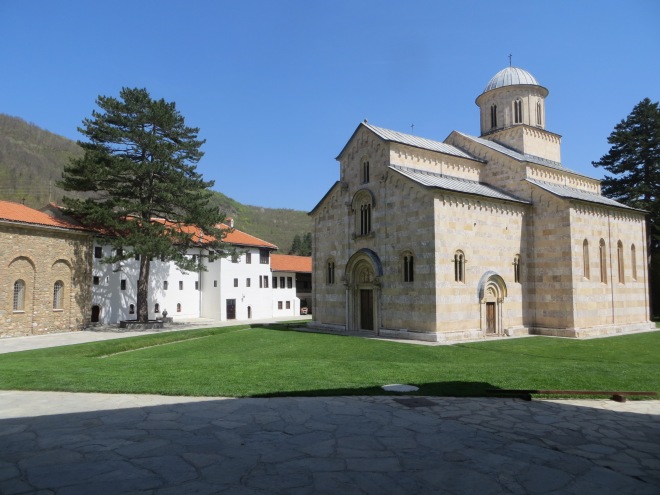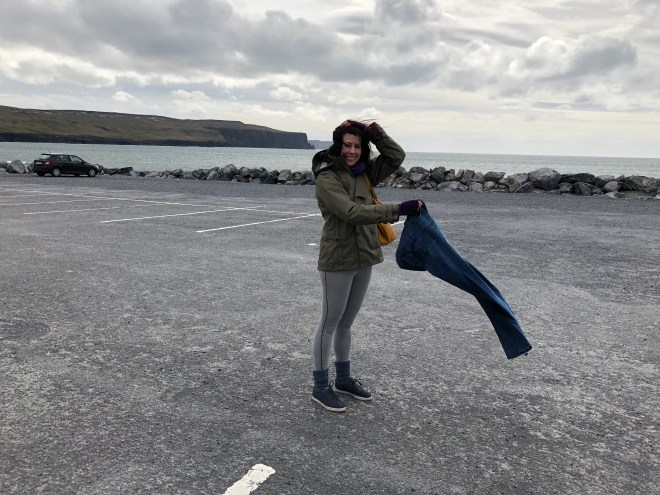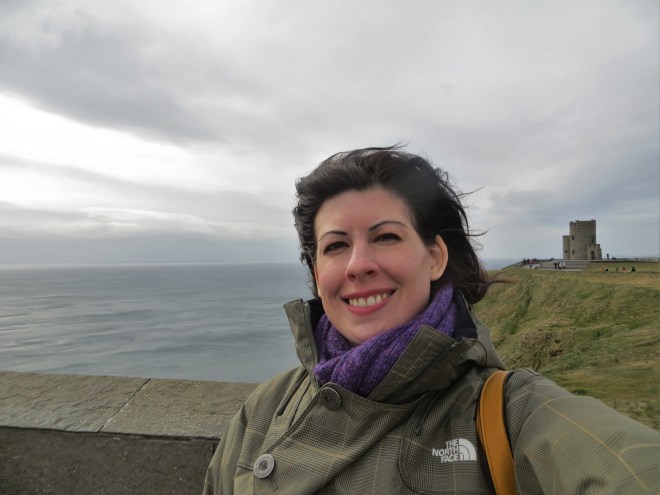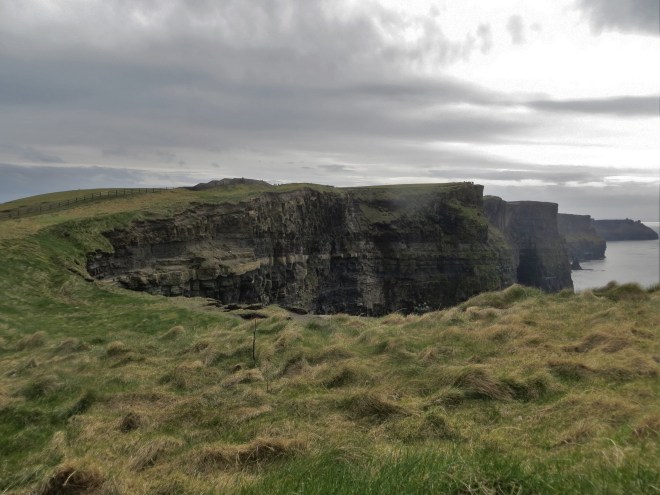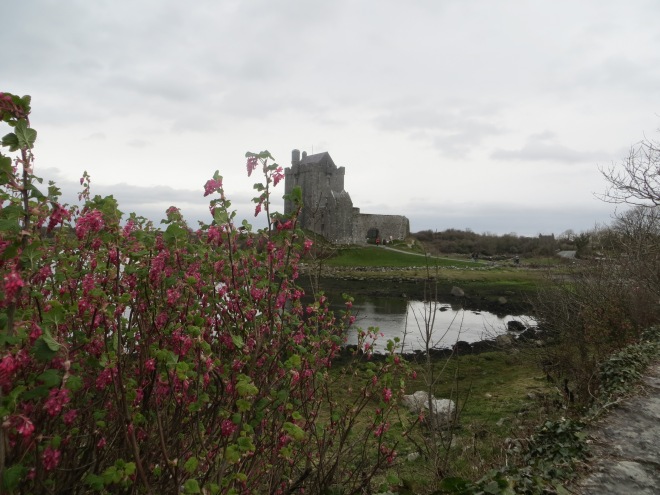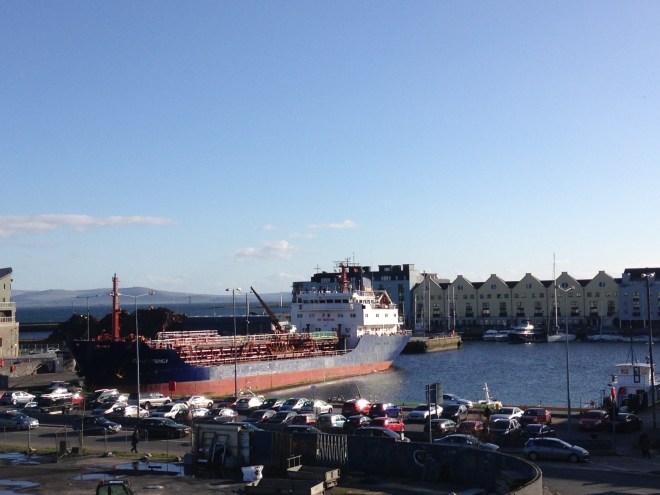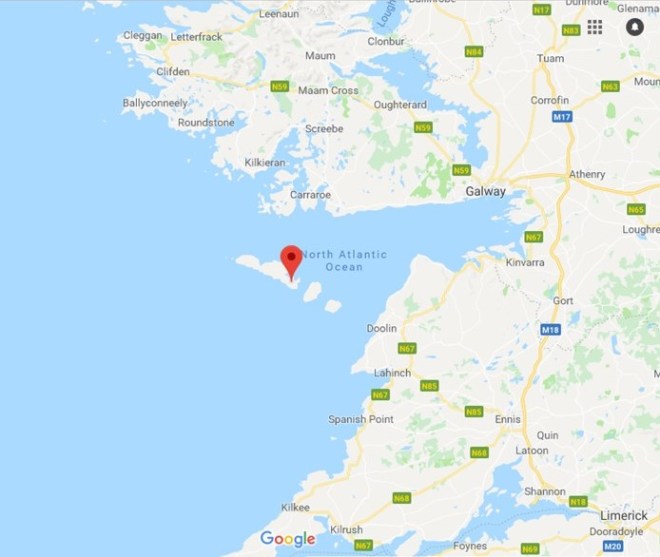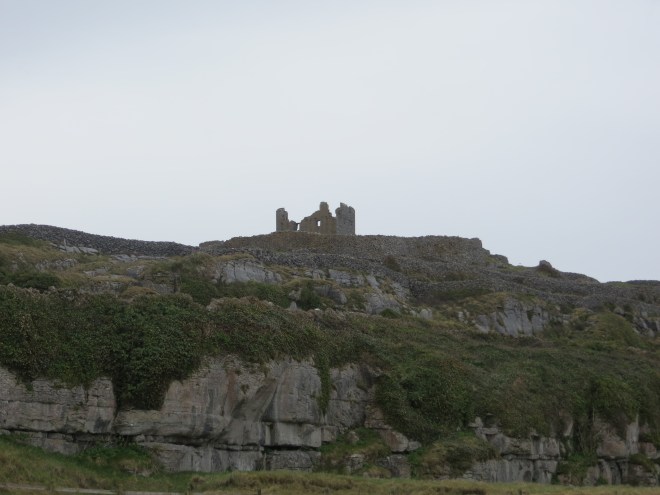Note: This post is part of a series I am hosting on this blog to discuss challenges Peace Corps volunteers face while serving in Kosovo. The following post was written by an LGBTQ+ volunteer. — April
I am a volunteer of many identities – one of which being somewhere on the spectrum of LGBTQ+ – living in the EMA [Europe, Mediterranean, Asia] region of Peace Corps. Before I came to service, I was preparing my old home, back in “The Closet,” for a 2 year stay. I figured, “I’ve had to live there before. I can do it again, right?” Throughout the process (from applying to serving), I wasn’t sure who I would come out to or EVEN IF I would come out to anyone. I thought, maybe it would be best to not tell my interviewers or any staff that I was LGBTQ+, out of a slight worry that it would make me a less desirable candidate. Although, during my phone interview, I felt comfortable enough to be honest about how I identify. In hindsight, I am so glad that I did this, because it allowed me and the HQ/Post staff to be better prepared for my stay. I was able to openly ask questions about how my identity may create challenges for me, so that I could prepare myself – both in what information I would share with people and how I would share it. Post staff, knowing that at least one LGBTQ+ identifying member would be serving, took initiative to properly train their American and host country staff in Safe Zone practices.
Personally, almost as soon as I met my fellow cohort members at staging, I decided to come out to them. I felt good vibes from everyone I guess, or maybe I had just grown so comfortable in my rainbow skin to hide myself in a group of Americans. I would say that I was fortunate though that everyone was really cool about it. I also felt comfortable enough with the post staff to be open about my identity early on. I have not had any issues there either, so yay! Despite my run of luck, it could have very well bit me in the ass quickly. To my pleasant surprise, we had a Safe Zone session very early on at in-country training, addressing the serious effects that outing someone can have while living in a country where many people do not support the LGBTQ+ community. All that being said, I would just advise to use discretion. If you want to roll in like me and come in with your rainbow flag casually visible to your new Peace Corps fam (fellow volunteers and American/local staff), then you also need to be aware of the potential consequences. Oh, let me make note that I don’t actually have a rainbow flag here. I DEFINITELY left that back home. Ultimately, it is your choice of how “out” you will be and with who. Remember, although many people may accept you for all of your identities, many others may have negative reactions that may lead to ostracization, hate-speech, violence… and if things do threaten your safety, there is a high likelihood of a shorter service than you expected.
As I said before, I am out to my Peace Corps fam. Additionally, I am out to a few other expats, both from America and other countries; and a select few locals. Keep in mind, that other expats do not go through the same extensive cultural training as we do… so, again, DISCRETION.
I AM NOT out to my host families or anyone in my village, which is probably one of my biggest challenges through service. There are moments when I wish I could share that part of myself honestly with them, and moments when I almost feel I can. I often put off the urges to come out to locals, which has been a good tactic; because I later realize that maybe it would not have been a positive experience or would have done more harm than good. Still, I hope that someday I can come out to those I have grown closest to and maybe I can open their minds in this aspect; especially with my host family, particularly my host siblings, because one day I hope they will be able to visit me in America. By that time, I will likely (well HOPEFULLY) be in a serious relationship and living with my partner, and I would not want to hide that from them.
In the meanwhile, I have had to find ways to cope with the repeated suggestion that I find a nice local partner of the opposite gender. In the beginning, I would just uncomfortably laugh and say “maybe.” Then, it progressively became funnier as I thought to myself, “ohhhh man, you guys don’t even know how much of a non-possibility this is.” Then, it began to bother me… and I had to figure out a way to be okay with it. Sure, I could’ve made up a fake partner, but that would have been a heavy, elaborate lie to keep up for two years. So what did I do? I decided to look at it from a different perspective. I couldn’t look at it as though they were trying to push their heteronormative agenda onto me, but rather that they liked me so much that they want me to find a reason to stay longer or come back more often.
I cannot honor my LGBTQ+ part of my identity all the time, but I have found safe places where I can – places where I can let down my hetero-mask. My safe places have included literal physical spaces where I am isolated or in a controlled environment, virtual spaces where I can talk to people I am out to, and amongst allies or fellow LGBTQ+ people (American and local). I have also learned to appreciate other parts of my identity.
Coming into staging and orientation, I was required to make an identity web, which helps volunteers reflect on the ways that the world sees them and the ways that they see themselves. These identities can include everything from nationalities, ethnicity, and orientations to passions, hobbies, and other personality traits. This was helpful to look back on when I started to feel like I wasn’t being true to myself. I was able to reflect on the things that I had written down and remember that the LGBTQ+ part of me didn’t define who I am. I think this ended up being a challenge for me, because it was a major part of my identity for the few years prior. I had learned to embrace that part of myself and took a large role in LGBTQ+ leadership in my community.
Overall, I have found peace in this experience. Even though it’s been personally conflictual, I am grateful that it encouraged me to reflect and nurture other parts of my identity. Service has challenged me in ways that I never imagined. I tried not to come with any expectations, which is good in ways but also not; so if you are going to have an expectation, let it be the expectation of challenges ahead. Then, when you face those challenges, don’t forget to be patient with yourself and be prepared to explore methods to develop your resiliency. Patience and resiliency are both things you have to continually work on through service (and life), but they can help you have an amazing experience and grow exponentially.
Some Advice
• Social Media. Locals will try to friend you on social media. Make sure your privacy settings are appropriate. You may consider making secondary social media accounts that you only use abroad (be careful not to get caught). If you choose not to do this, be prepared to say why you don’t accept people’s friend requests. Try Googling yourself to see what shows up.
• Adjust the truth. Sometimes you can make small changes to old stories, like changing a pronoun, which allows you to still share memories with locals without outing yourself. Be careful of big, elaborate lies though.
• Code words. You never know who knows English around you, and in some places the LGBTQ+ terms are the same as in English. For example, “zebras,” referring to a person who identifies in the LGBTQ+ spectrum.
• Safe spaces and safe faces. Spaces can be physical, virtual, or mental. Faces, whether or not they are right in front of you or through a screen, can be comforting. Make sure that others understand the importance of not outing; and if you have a secondary social media account, be sure that they know which one to tag.
• Reflect on cultural context. As I mentioned in my personal experience, I had to explore where the locals were coming from when they were suggesting I marry someone from the country. This may help ease frustrations.
Specific to Kosovo
• The Kosovar constitution is very in favor of diverse identities, but it often does not translate into practice.
• Currently there are 2 NGOs that support the LGBTQ+ community in Kosovo.
• Kosovo had its 1st recognized Pride in October 2017.
• LGBTQ+ events do exist, but they are often under the radar.
• All Peace Corps Kosovo staff go through Safe Zone training.
• Peace Corps Kosovo has an LGBTQ+ & Ally volunteers support group. There is also a Peer Support & Diversity Network that promotes safe spaces within the Peace Corps Community.
Read about other challenges Peace Corps volunteers face:
![]() Hello! My name is April. I am a social worker who served in the United States Peace Corps in Kosovo from June 2016 – July 2018. Welcome to my blog.
Hello! My name is April. I am a social worker who served in the United States Peace Corps in Kosovo from June 2016 – July 2018. Welcome to my blog.




